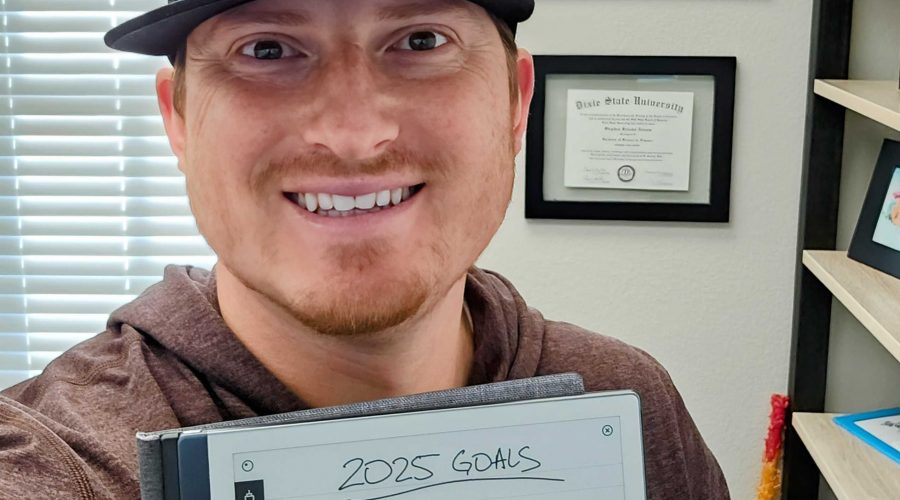Why Most People Fail at Setting New Year’s Financial Goals (and How to Succeed)
Every year, millions of people set ambitious financial goals for the New Year. They vow to save more, spend less, pay off debt, or finally start investing for the future. But as the months roll by, many find themselves stuck in the same patterns, wondering why their resolutions fell apart.
The truth is, the biggest reason most people fail at setting New Year’s financial goals isn’t lack of motivation or discipline—it’s lack of a plan.
A Goal Without a Plan is Just a Wish
Setting financial goals is a great first step. However, without a concrete plan to back them up, these goals are little more than wishful thinking. Imagine deciding to “save $10,000 this year” without outlining how much to set aside each month or identifying where the extra money will come from. It’s no surprise that many people abandon their resolutions by February.
Why Planning Makes All the Difference
- It Creates Clarity
A plan breaks your big financial goal into manageable steps. Instead of saying, “I want to get out of debt,” a plan might specify, “I’ll pay an extra $500 toward my credit card balance every month by cutting dining out expenses and taking on freelance work.” Clear actions replace vague intentions. - It Provides Accountability
When you have a plan, you can track your progress. Are you saving the $200 per paycheck you committed to? Are you on pace to hit your milestone? Regular check-ins hold you accountable and help you course-correct when life throws curveballs. - It Builds Momentum
Starting small and achieving early wins—like saving $1,000 in an emergency fund or paying off one credit card—creates momentum. A well-structured plan ensures that your progress is steady and reinforces your commitment to the larger goal. - It Reduces Overwhelm
Financial goals can feel daunting. A plan helps you focus on one step at a time, making even big objectives seem achievable. For instance, instead of worrying about saving for a down payment in five years, you focus on automating monthly transfers to a dedicated savings account.
Why Most People Skip Planning
Many people don’t plan their financial goals because they don’t know where to start. Others feel they’re too busy, or they underestimate the complexity of financial decisions. Unfortunately, this lack of planning often leads to frustration, procrastination, and, ultimately, failure.
How to Set Goals You’ll Actually Achieve
If you want to succeed, follow these steps:
- Define Specific, Measurable Goals
Vague goals like “save money” or “spend less” don’t work. Be precise: “Save $5,000 for a vacation by December” or “Pay off $3,000 in debt by July.” - Create a Realistic Plan
Break your goal into monthly or even weekly targets. Use tools like budgeting apps or spreadsheets to stay on track. - Automate Where Possible
Set up automatic savings transfers or bill payments to remove the temptation to stray from your plan. - Review and Adjust Regularly
Life happens, and plans may need tweaking. Schedule monthly check-ins to assess progress and make necessary adjustments.
Final Thoughts
Financial goals are achievable, but they require more than good intentions. A well-thought-out plan is your roadmap to success. But expect their to be detours and delays. Before you start think of what plan B, C, D can look like when you get 2-3 months down the road and the initial goal may not be achievable anymore.
As you prepare for the New Year, take the time to map out your goals step by step. With clarity, accountability, and consistent action, 2025 can be the year you finally take control of your financial future.
Make 2025 the year your financial goals stick—because this time, you’ve got a plan. 🙌
